Orchifuniculectomy
Orchifuniculectomy (removal of the testicle with the spermatic cord)
Orchifuniculectomy is a radical operation to remove the testicle, its appendage, and the adjacent spermatic cord.
Orchifuniculectomy is a surgical intervention shown in the event of loss of vitality of the testicle or development of organ diseases that pose a threat to the patient’s life. Refers to crippling interventions that require psychological rehabilitation.
Carried out only in the presence of strict indications. Most often performed routinely, less often (with traumatic injuries, purulent processes) is carried out in an emergency.
When should I remove the testicle along with the spermatic cord?
Orchifuniculectomy (high or inguinal hemicastration) is used in andrology in all cases where it is necessary to remove the testicle with the spermatic cord. The main indications for surgery are:
- malignant neoplasms of the testicle (removal of the affected testicle and its spermatic cord prevents lymphogenic and hematogenous metastasis);
- hormone-dependent forms of cancer (prostate, chest cancer), sensitive to the action of male sex hormones;
- purulent-inflammatory processes that do not respond to treatment, leading to melting of testicular tissues and the spread of the process (testicular tuberculosis, etc.);
- major injury, accompanied by crushing and/or testicular detachment;
- torsion of the spermatic cord with cessation of testicular blood supply, which leads to testicular necrosis;
- the patient's desire to change sex.
What are the contraindications to surgery?
Relative contraindications are:
- diseases of the cardiovascular system (myocardial infarction, coronary heart disease);
- severe coagulation disorders;
- malignant tumors with metastases;
- serious disorders of the kidneys and liver;
- respiratory failure of lungs of 2-3 degrees.
In the presence of non-oncological indications for unilateral or bilateral orchifuniculectomy, the decision on surgery in each case is made individually.
How is the preparation for the operation?
2 weeks before the operation, all drugs are canceled according to the doctor's prescription, especially anti-inflammatory drugs, anticoagulants, aspirin drugs. Before the operation, the patient undergoes standard preoperative tests, as well as undergoes cardiography and fluorography. In addition to standard procedures, before the orchiectomy, an ultrasound of the scrotum organs and a blood test for testosterone are performed. At malignant tumors before the operation the conclusion of the oncologist, the description of medical procedures and courses of chemotherapy passed before operation (for example, for stabilization of the sizes of a tumor) is obligatory.
The man shaves the hair on the scrotum and groin before the operation.
Before the operation for 6-8 hours, you should give up eating, for 2-3 hours - from drinking.
Method of surgery
The operation is performed under general anesthesia, spinal anesthesia (the patient does not sleep during the operation, but does not feel pain), or local anesthesia in the operating room. The urological surgeon disinfects the operating field (scrotum) with antiseptic, fixes the penis to the abdomen, thus creating convenience for their work. Orchifuniculectomy is performed through an incision in the scrotum, which passes into the inguinal-scrotal region and continues to the inguinal canal. After isolation of the spermatic cord, first, cross the vas deferens, then the spermatic cord is tied and cut between two ligatures (places where tied).
The testicle is removed from the scrotum behind the severed edge of the spermatic cord, stitch its lower end, tie the guide ligament and remove one complex with the spermatic cord and appendage. To restore the natural shape of the scrotum at the request of the patient, a testicular prosthesis can be inserted into it. At the final stage of orchifuniculectomy, hemostasis is performed, plastic surgery of the anterior wall of the inguinal canal is performed to prevent hernias in the future. The wound is sutured, the tube is removed.
How is the postoperative period?
Wound healing usually occurs quickly and without complications. Drainage is removed in 2-5 days. If necessary, antibacterial drugs are administered within a week. Analgesics are prescribed to relieve pain. Tight bandaging is also recommended minimizing the risk of bleeding. On the 10th day, the sutures are removed.
What to do after surgery for testicular cancer?
The decision on antitumor treatment is made based on histological results, taking into account the type of tumor and the stage of the malignant process. Radiation or chemotherapy may be prescribed to the patient in the early postoperative period. If there are indications 2-3 weeks after orchifuniculectomy, retroperitoneal lymph dissection is performed.
Long-term results depend on the course of the underlying disease. Usually, in the first year after the intervention, a control examination to determine the level of tumor markers in the serum is performed every 2 months, in the second - every 4 months, then once every six months, and after 5 years - once a year. If the level of tumor markers was elevated before orchifuniculectomy, appropriate tests are performed monthly during the first year.
After orchifuniculectomy, the patient should be under long-term supervision by an oncologist.
Bibliography
- Velazquez EF, Soskin A, Bock A, et al. Positive resection margins in partial penectomies: sites of involvement and proposal of local routes of spread of penile squamous cell carcinoma. Am J Surg Pathol. Published online, March, 2004.
- Фигурин К.М. Злокачественные новообразования почечных лоханок и мочеточников. Онкоурология. 2006;2(2):5-12.
- Аляев Ю.Г., Винаров А.З., Крапивин А.А. Диагностика опухоли лоханки и мочеточника. В кн.: Тезисы VI Всероссийской научно-практической конференции Актуальные вопросы лечения онкоурологических заболеваний 4-5 октября 2005 г. Онкоурология (приложение) 2005: прил.: 5-6.
- Матвеев Б. М. Клиническая онкоурология / Б. М. Матвеев // – М., 2003
- Мартов А.Г., Ергаков Д.В., Байков Н.А., Поминальная В.М., Соломатов И.А. Трансуретральное удаление опухолей мочевого пузыря единым блоком // Онкоурология. 2015. Т. 1, № 1. С. 41–49.
- Аль-Шукри С.Х., Комяков Б.К., Горелов А.И., Прохожев А.Ю. "Радикальная цистэктомия при раке мочевого пузыря". "Актуальные вопросы лечения онкоурологических заболеваний". Матер. 2-й Всероссийской науч. конф. с участием стран СНГ 21-22 ноября, Обнинск 1997, стр. 8-9
Our advantages
Our services
Our doctors
Choose the nearest clinic to you
ISO certificates
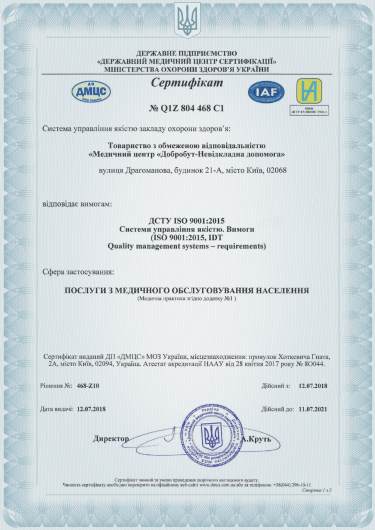
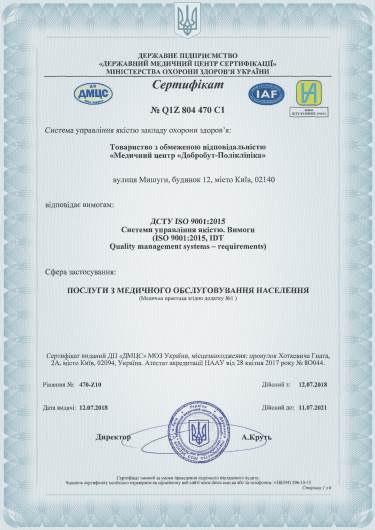
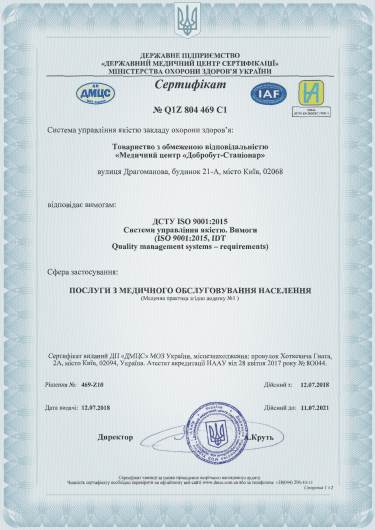
Accreditation certificates
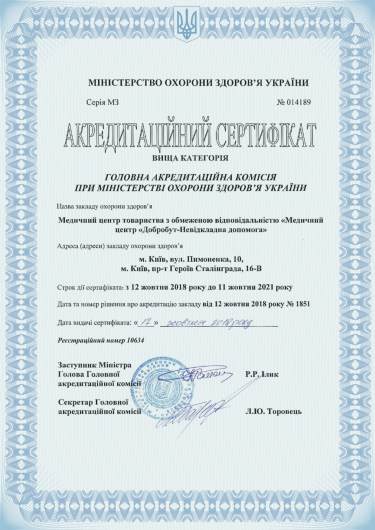
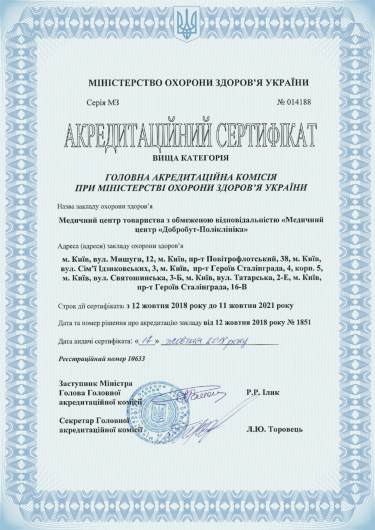

Medical practice licenses
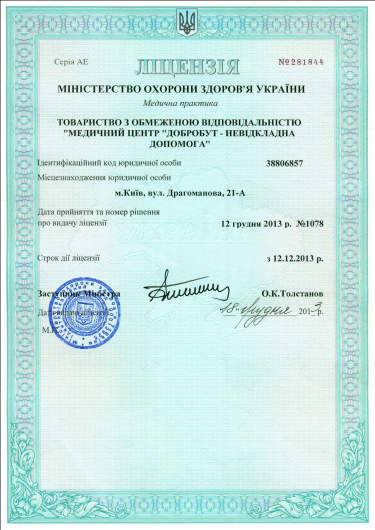
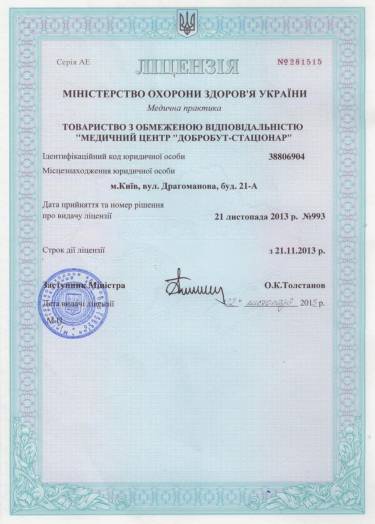





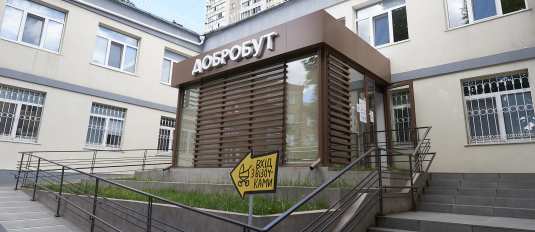






%402x.png)
%402x.png)
